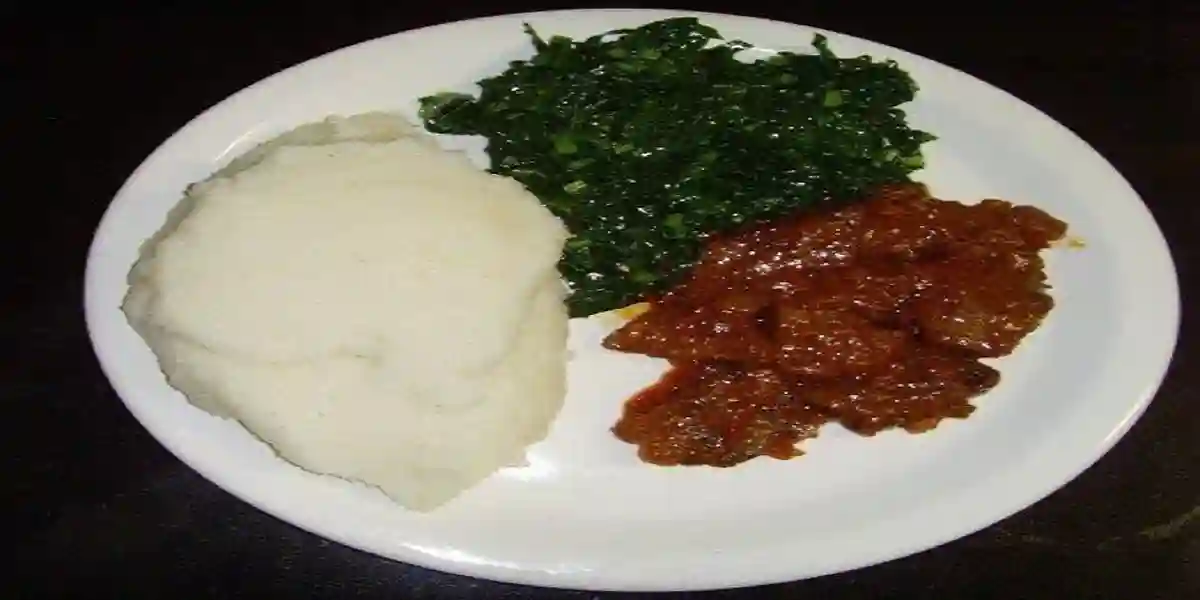The cost of living in Zimbabwe has gone up with the Total Consumption Poverty Line rising by 4.8% in September which means that it now costs ZWL$95,462.53 (equivalent to US$17.7) for a person to meet their basic needs.
This increase is mainly due to the Zimbabwe dollar losing value compared to the US dollar, causing prices to continuously rise, NewsDay reported citing official statistics from the Zimbabwe National Statistics Agency (ZimStat).
During the period under review, the Zimbabwe dollar depreciated by around 18% and 23% on official and parallel foreign currency markets respectively. As a result, businesses and service providers are adjusting their prices to keep up with the currency’s decline. ZimStat said:
The Food Poverty Line (FPL) in September 2023 rose by 3,9% to $73, 235,85 from $70, 460,81 in August 2023. The Total Consumption Poverty Line for Zimbabwe was $95,462,53 per person in September 2023 representing an increase of 4,8% when compared to the August 2023 figure of $91,063,30.
The major drivers of the September 2023 month-on-month inflation rate of 1,0% were food and non-alcoholic beverages (0,33%) and education (0,25%) and communication (0,15%).
ZimSat also noted that:
– In September 2023, the inflation rate increased by 2.3% compared to August 2023, reaching 1.0%.
– This means that prices, on average, went up by 1.0% between August and September 2023.
– When comparing prices between September 2022 and September 2023, there was an average increase of 18.4%.
– Education had the highest increase in prices within a month, with a rate of 6.0%.
– Communication also saw a significant increase in prices, with a rate of 5.8%.
ZimStat also noted a change in the method of calculating inflation, using a geometric aggregation method due to 80% of transactions being in US dollars.
Economist Yona Menon Banda attributes the rising inflation in Zimbabwe to the weakening local currency. He explains that retailers are continuously adjusting prices to maintain their earnings.
The government took several measures to tackle inflation and stabilise the macroeconomy and Zimbabwe dollar including reducing the amount of money available in the economy and making fees and taxes payable in the local currency. These measures initially helped slow down the rate of inflation for a few months. However, recently, the value of the Zimbabwe dollar has started to decrease again compared to the United States Dollar.

